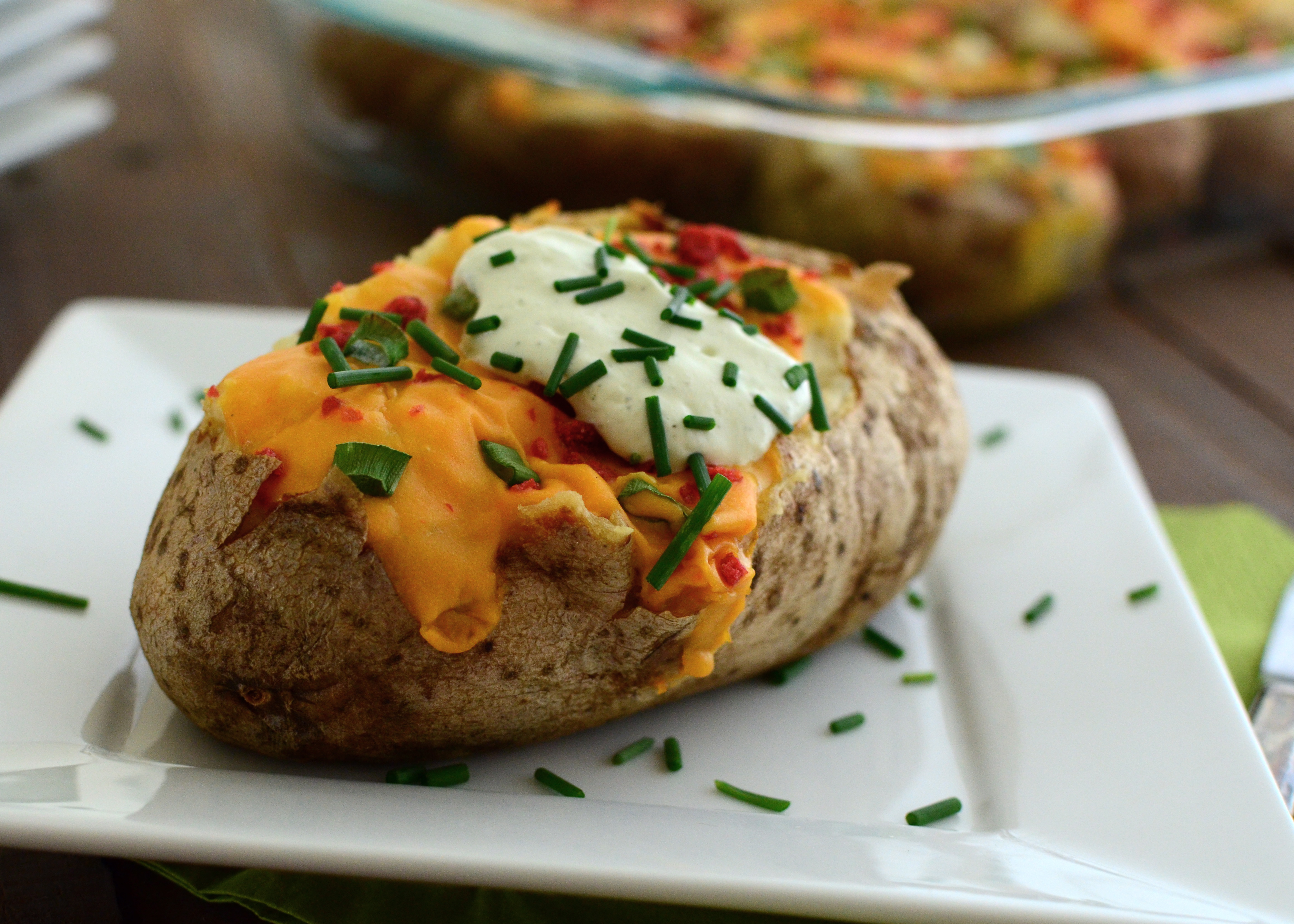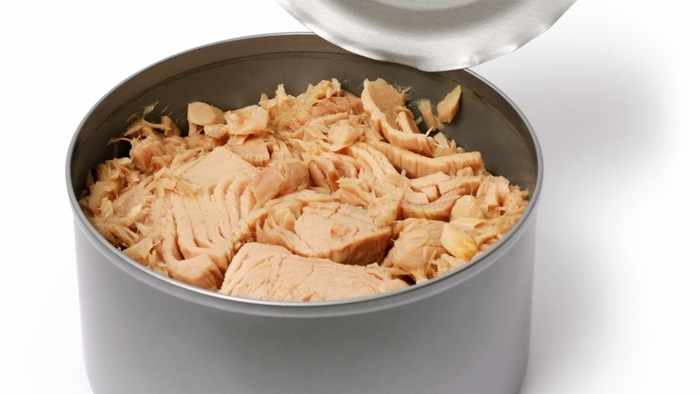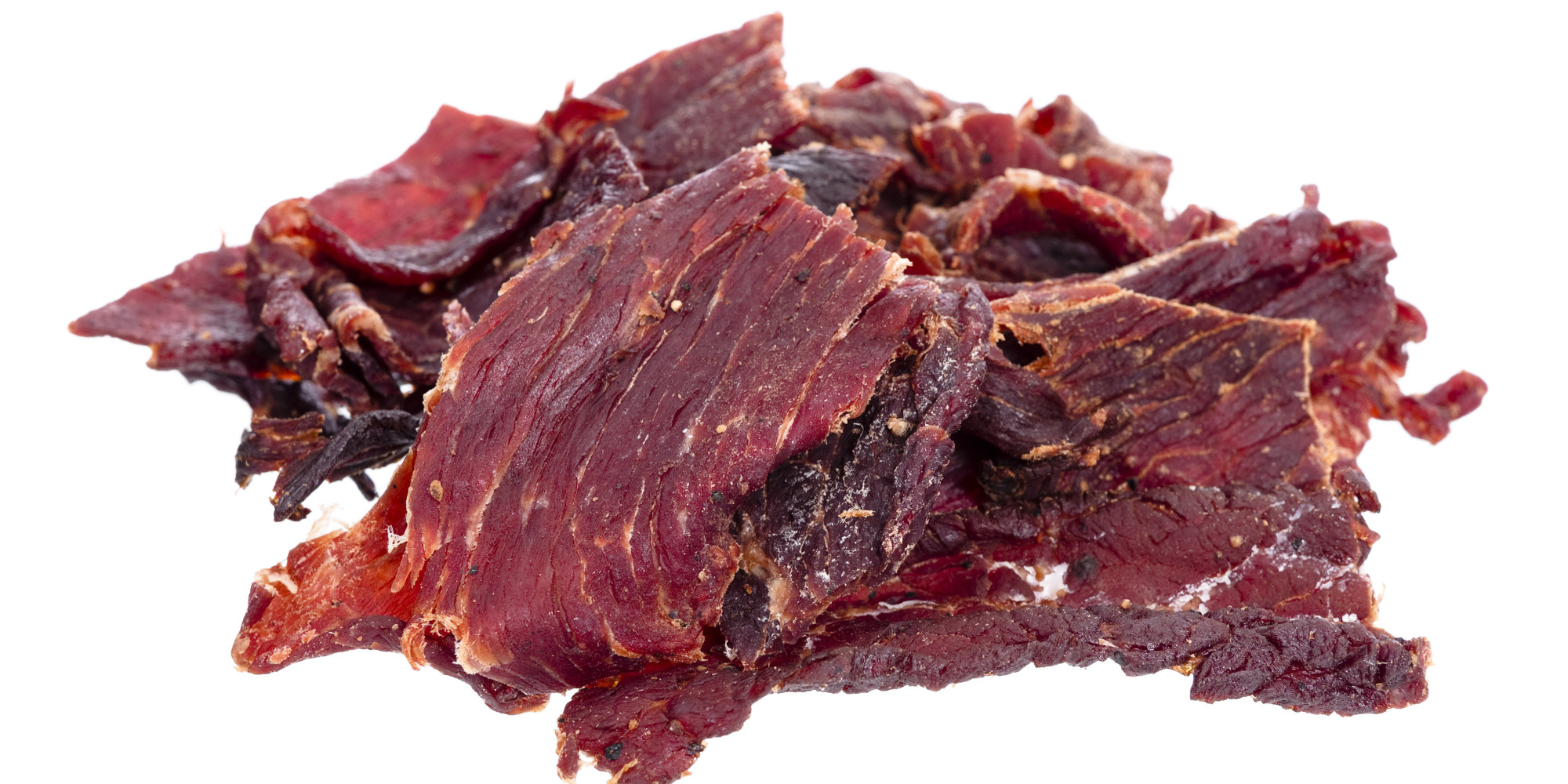Big Deals: Up To 50% OFF + BOGO Offer + FREE Gifts + FREE Shipping
Big Deals: Get Up To 50% OFF + BOGO Offer + FREE Gifts at Drugstore.com! Plus get FREE Shipping on orders of $35 or more! Go through this coupon and save at DrugStore.com Coupon Code
This summer, SmartyPants will be hitting the great outdoors at the Outessa Summit women’s events in Kirkwood, CA and Powder Mountain, UT. In addition to the paddle boarding, rock climbing, outdoor cooking, and fireside wine-sipping, we’ll be teaching a few workshops on, what else, nutrition. After all, one of the best things about a camping trip or hiking excursion are the delicious snacks, treats, and cook-ups you get to enjoy along the trail or at the end of a nature-packed day. While there are a few campfire classics that aren’t exactly the pinnacle of “healthy” cuisine (*cough* smores, *cough* beer), we’d never say not to treat yo’ self! But there are tons of other camp-friendly options you can throw in the mix that not only taste good, but will keep you feeling good, too.
Baked Potatoes

Potatoes sometimes get a bad rap, but we’re not entirely sure why. The inside, or “meat,” is a great source of soluble fiber, which helps feed our good gut bacteria, while the skin contains 5 grams of insoluble fiber, which helps keep things “moving along.” (You can read more about the wondrous powers of fiber here.) One whole baked potato has 7 grams of protein, 46 percent of the recommended daily intake of vitamin B6, 48 percent of vitamin C, 46 percent of potassium, 21 percent of phosphorous and magnesium, and 33 percent of manganese.
Why are these vitamins and minerals important when on the trail? B6 helps to produce serotonin, a neurotransmitter that regulates mood, sleep, and appetite – three things that definitely need some extra TLC when surviving in the wilderness. Magnesium (a nutrient that’s pretty difficult to get from most foods) can help muscles relax, improve sleep, and reduce stress – great for after a long day making those #elevationgains. Vitamin C is an antioxidant that supports your adrenal glands, which is also crucial after days of hiking and strenuous outdoor activities. But perhaps the best part about the potato is how incredibly easy they are to pack and cook. They require no refrigeration; just throw them in your bag. When you’re ready to eat, poke some holes into the skin with a fork, wrap in tin foil, and place on a hot bed of coals or on a rock next to a low fire. They’ll be ready in about half an hour. We recommend slathering with grass-fed butter and sea salt.
Trail Mix

This one might come as no surprise, but have you ever thought about why this snack is so popular amongst trail trekkers? It tastes amazing, true, but, both nutritionally and logistically, trail mix is exactly what you need when heading out into the wild blue yonder. One cup of trail mix can contain anywhere from 500-700 calories. If you’re couch surfing all day, this might not be ideal, but when you’re on the trail, you need a dense source of fuel that’s not going to weigh down your pack or your body. Contained in those calories is more than 20 grams of protein, 40 grams of (healthy) fats, 60 grams of carbs, and nearly a third of your daily value for 14 different vitamins and minerals. Meanwhile, the salt from the nuts and the glucose from the dried fruits help replenish electrolytes and keep you hydrated.
To ensure you get the healthiest mix, go for kinds that include just fruit and nuts. Salted nuts are good, but make sure the fruit doesn’t come coated in extra sugar. We like mixes that include a majority of nuts such as almonds and macadamia nuts (rather than peanuts), dried bananas for potassium, and pumpkin or sunflower seeds for zinc. Bonus points for dried blueberries, which are low in sugar and high in antioxidants. TIP: If you can’t find all these goodies in one bag, make your own. Many grocery stores have bins of dried fruit and nuts you can mix and match. Whole Foods even has soaked and sprouted nut and seed options – double bonus!
Canned Fish

If you’re thinking “Ew, gross,” you can skip this one, but, before you go, you might be interested to know that canned fish is one of the healthiest, most affordable, convenient, camp-friendly foods on the face of the planet. Wild-caught sardines have more calcium and phosphorous than milk, more iron than spinach, more potassium than coconut water, and as much protein as steak. Plus, they pack over 300 mg of omega 3 EPA and 650 mg of omega 3 DHA (part of the reason why we use fish oil from sardines in SmartyPants). If you’re not into sardines, (you should try them, they taste just like tuna, we swear!) try wild-caught salmon. We recommend opting for varieties that include the bones. You can’t taste them, and bones are one of the best sources of easily absorbable minerals that can be hard to get through diet otherwise. Our favorite brands are Wild Plant and Trader Joe’s BPA-free options.
Chili

Chili is the definition of maximum return, minimum investment. Everything you’d want or need to put in chili you can find in a can (or you can get it pre-made – we love Amy’s brand), it can be modified to suit almost any taste and dietary preference, and it’s incredibly nutrient dense. A simple vegetarian chili made out of beans, veggies, and tomato paste contains 10 grams of protein, a whopping 16 grams of fiber, and only 4 grams of sugar. In addition, you’re also getting a sizeable serving of lycopene – the antioxidant that gives tomatoes their red color and is in our new SmartyPants Men’s Complete. Unlike many antioxidants that are destroyed by heat, lycopene content is actually enhanced by cooking (read more about the best ways to eat antioxidants here). Add in some grass-fed beef or bison meat for extra protein, vitamin A, iron, and a hefty dose of B vitamins, which will keep you energized all day.
Jerky

For camping and hiking aficionados, jerky may be old news – dried meats have been a staple of outdoorsmen and women for hundreds of years, as they’re an almost perfect balance between fat and protein, a good source of B vitamins, and zinc. The good news is, jerky is so popular now you can find it almost anywhere, from health food stores to airport gift shops. But all jerkies are not created equal. We recommend opting for brands that are 100% grass-fed – an important thing to look for when buying animal products, as grass-fed products are often more sustainable, raised in a more humane manner, and have been shown to have higher levels of conjugated linoleic acid (CLA) and omega 3 fatty acids.
5-Star Campfire Recipes
If you want to go beyond the basics, we recommend checking out our friends over at Dirty Gourmet – a blog dedicated to teaching people how to make restaurant-quality food in the wilderness. Here are our favorite DG family camping recipes:

No comments:
Post a Comment